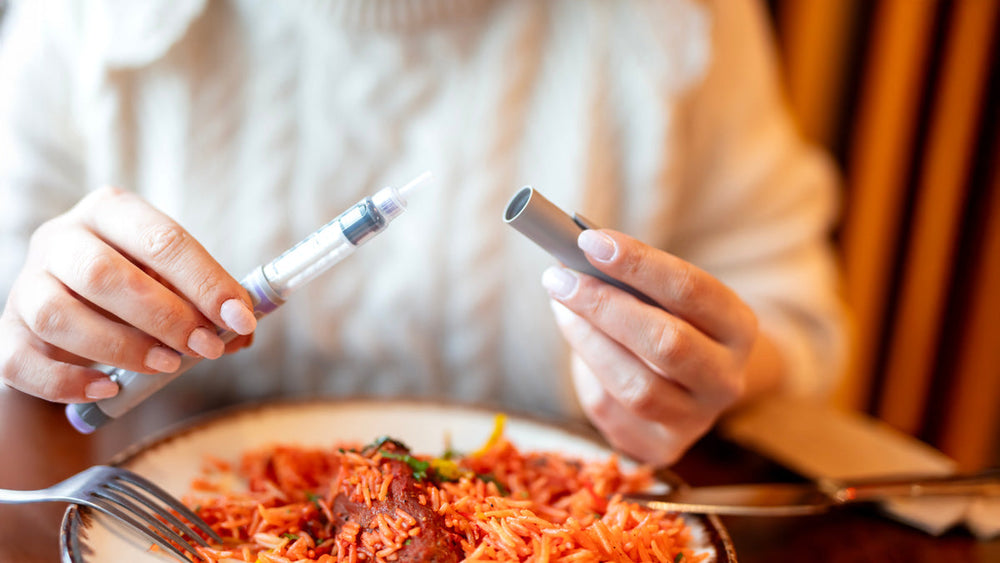Last month, I wrote an article titled “When You Know Better But Still Do It Anyway.”
Since then, I have been to the GI doctor and started implementing some of the guidelines he gave me. I also would like to share some of the great advice and insight he shared with me on the gut-brain connection and gut microbiome.
Let me start by saying the irony was thick as this GI doctor was one of my top referring doctors when I did outpatient nutrition education and counseling. To become one of his patients was a full-circle kind of situation. I explained my situation, symptoms, and various activities I participated in. I was expecting him to make me start an elimination diet, but instead, he listened to me and told me not to do anything yet.
Because I am a runner and currently training for a marathon, as well as all the symptoms I was describing, he came to me with the diagnosis of Runner's Colitis.
Also known as Ischemic Colitis, this presents as an inflammation in the large intestine due to a lack of blood flow to the area, typically due to a lack of oxygen to the area either through blocked or narrowed arteries. Although more common in people over the age of 60, this can also occur not only in long-distance runners but it is also increased in individuals who take certain medications such as estrogen, pseudoephedrine (a decongestant), and certain heart and migraine medications.
I, of course, had to investigate this on my own to understand precisely what this diagnosis was. Throughout my running endeavors, I have experienced one, if not all, the symptoms at some point, multiple times. Symptoms include nausea (check), diarrhea (unfortunately, yes), a feeling of urgency to “move your bowels” (I like to say poop), and bright red or maroon blood in your stool (this has brought on feelings of terror and concern). Lastly, the pain, cramping, and tenderness in the abdomen slowly occur or sometimes happen suddenly without warning (OUCH, which is pretty terrible).
The Doctor and I had a great conversation about what I should be doing now. I told him I already knew my trigger foods, and they ironically are all Low FODMAP, so following that diet would be pointless for me. (Please note I am a huge fan of this diet for those that can really benefit from it; I have seen it work miracles for people.) He did not want me to eliminate gluten at this point either, but it is not off the table. He wants me to wait until after my marathon before I make big changes.
I found this interesting. He explained that we often have much more anxiety tied up in our GI tract than I realized.
Did you know there are more serotonin receptors in our GI tracts than in the brain? 95% of the serotonin produced in your body comes from the gut. Targeting these receptors can help treat IBS and other GI disorders (Clin. Chim. Acta., 2009). Because of this, the pressure of performing well throughout my training and, especially at my race, can directly impact how my gut responds to the heavy exercise I am doing.
Another big thing I was told to focus on is hydration. It is very hot and humid where I live, and many of my training runs are out in the elements (temps higher than 85 degrees, with humidity above 90%). I have been mindful of drinking more water throughout the day (dehydration is thought to play a role in ischemic colitis for runners), 120-160 ounces, as well as staging isotonic hydration (Body Armor, Gatorade, etc.) throughout the course of my longer runs. I stay away from foods that I know are triggers, I will be abstaining from alcohol until after my race, and I bought the best device ever, a squatty potty.
Once I have completed my marathon and have recovered, I have another follow-up appointment with my doctor. This will be the point where we determine if it’s worth cutting gluten for a couple of weeks or if I need to get a colonoscopy. Either way, I’ll probably tell you all about my experience, so stay tuned!



















Comments
Join The Conversation...